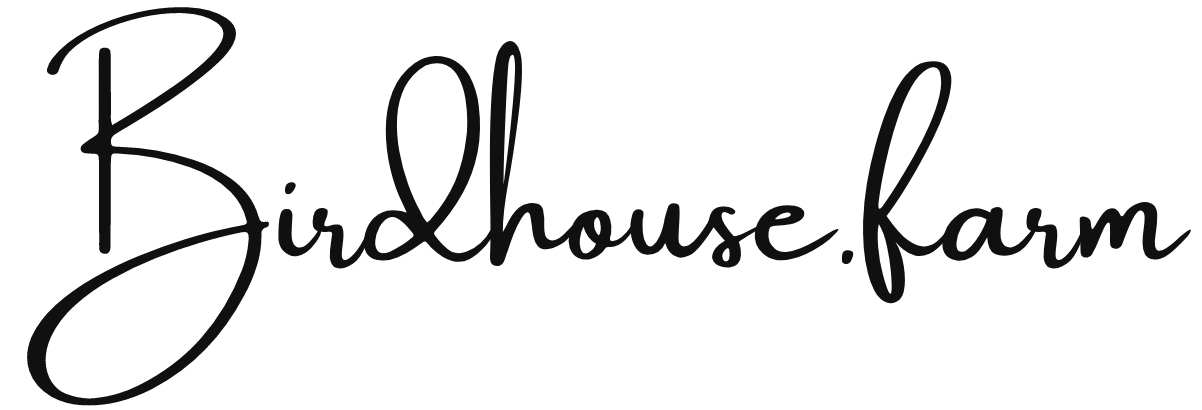Understanding Invasive Species: What They Are and How to Control Them
In the fight to protect our natural ecosystems, invasive species are one of the most significant challenges we face. But what exactly are invasive species, and why are they such a problem? In this blog, we'll break down the basics of invasive species, why they matter, and how you can help control their spread.
What Are Invasive Species?
Invasive species are plants, animals, or microorganisms that are not native to a particular area and cause harm to the environment, economy, or human health. Unlike native species, which have evolved over time to fit into the local ecosystem, invasive species often lack natural predators or competitors in their new environment. This allows them to spread rapidly and dominate the landscape, often at the expense of native plants and animals.
For example, the kudzu vine in the southeastern United States, zebra mussels in the Great Lakes, and Asian carp in the Mississippi River are all well-known invasive species that have caused extensive environmental damage. They outcompete native species for resources, alter habitats, and disrupt the natural balance of ecosystems.
Why Do Invasive Species Matter?
The impact of invasive species can be devastating. They can:
Reduce Biodiversity: By outcompeting native species for resources like food, water, and sunlight, invasive species can drive native plants and animals to extinction. This loss of biodiversity weakens ecosystems, making them less resilient to changes and disturbances.
Disrupt Ecosystems: Invasive species can alter entire ecosystems by changing the structure and function of habitats. For example, some invasive plants can change soil chemistry, making it difficult for native plants to grow.
Economic Costs: Controlling invasive species and repairing the damage they cause can be expensive. In the United States alone, the cost of managing invasive species is estimated to be billions of dollars annually.
Threaten Human Health: Some invasive species can directly impact human health, either by spreading diseases, like the invasive mosquito species that transmit malaria and Zika virus, or by causing allergies and other health problems.
How to Control Invasive Species
Controlling invasive species requires a combination of prevention, early detection, and active management. Here’s how you can help:
Educate Yourself: Learn to identify common invasive species in your area. Understanding what they look like and how they spread is the first step in preventing their spread.
Practice Responsible Gardening: Choose native plants for your garden or landscape. Avoid planting invasive species, and remove any that may already be in your garden. Dispose of plant materials properly to prevent their spread.
Volunteer in Local Efforts: Join local conservation groups or community initiatives focused on controlling invasive species. Participate in removal events, where volunteers work together to eradicate invasive plants from natural areas.
Report Sightings: If you spot an invasive species in your area, report it to local environmental or agricultural authorities. Early detection is crucial for preventing the spread of new invasive species.
Clean Your Gear: When hiking, fishing, or boating, clean your gear thoroughly to prevent transporting invasive species from one location to another. This includes cleaning your boots, fishing gear, boats, and other equipment.
Support Legislation: Advocate for laws and policies that prevent the introduction and spread of invasive species. Support programs that fund research and control efforts.
Conclusion
Invasive species pose a serious threat to our ecosystems, but by understanding what they are and taking action to control them, we can protect our natural habitats and preserve biodiversity. Every effort counts, whether you’re removing an invasive plant from your garden or participating in a community removal project. Together, we can make a difference in the fight against invasive species and help restore the balance of our natural world.
